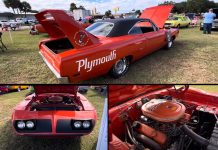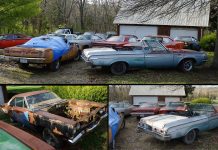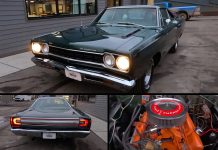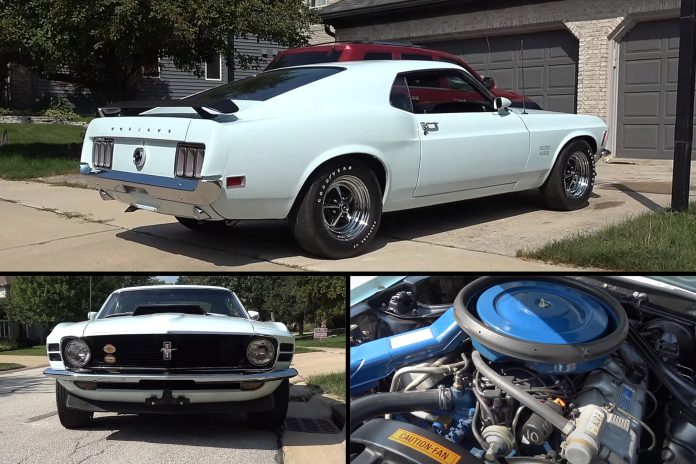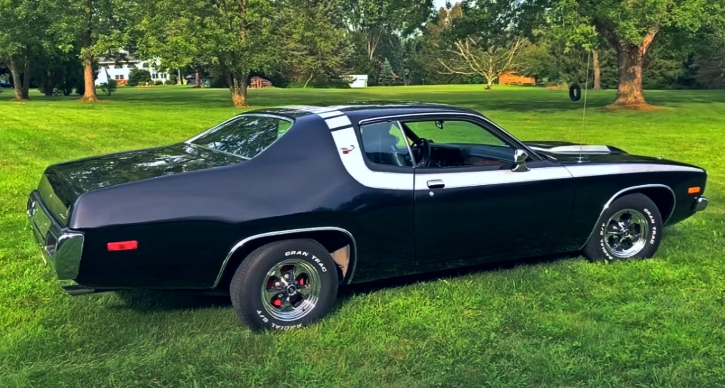The golden era of muscle cars, marked by high-performance vehicles and drag-ready factory models, was a remarkable period in automotive history. Dealerships were bustling with powerful rigs, and Detroit was churning out affordable, flashy cars in abundance.

One fascinating aspect of this era was the emergence of homologation specials—limited-edition models designed specifically to homologate vehicles or parts for racing purposes. Notably, the iconic 426-cubic-inch HEMI V8 made its way into street-legal Mopars, satisfying racing requirements for Chrysler.

The 1969 Dodge Charger Daytona and its Plymouth counterpart, the 1970 Superbird, were born out of NASCAR requirements. To be eligible for the series, a production run of 500 units was mandated.

In 1969, Ford introduced two homologation specials—the Boss 302 and the Boss 429. The Boss 302 aimed at the SCCA Trans-Am series, while the Boss 429 facilitated the use of the new 429-cubic-inch V8 in NASCAR’s Talladega.

The Boss 429, based on the 385-series V8, surpassed the iconic 428 Cobra Jet in power. With 375 horsepower and 450 pound-feet of torque, it held its place as Ford’s most potent mill for years.

Debuting in 1969, the Mustang Boss 429 featured a distinctive appearance, including a large hood scoop and specific decals. The color palette was limited to five options, and Ford sold 859 units that year.

Continuing into the 1970 model year, the Boss 429 underwent changes in appearance and color options. Ford produced 499 cars, bringing the total production over two years to 1,358 units.

The Boss 429 stands as one of the rarest first-generation Mustangs, and finding well-preserved examples is a challenging task. Classic car enthusiast Lou Costabile showcases a meticulously restored 1970 edition in Pastel Blue, highlighting the rarity and beauty of this muscle car.


# FAQs
## Q1: What is a homologation special?
A1: A homologation special is a limited-edition model produced to meet racing regulations by homologating specific vehicles or parts.
## Q2: Why did the 1969 Dodge Charger Daytona and the 1970 Superbird come into existence?
A2: These models were created to meet NASCAR’s requirement of a production run of 500 units for a car to be eligible for the racing series.
## Q3: What distinguished the Boss 429 from other Mustangs?
A3: The Boss 429 had a unique appearance, featuring a large hood scoop and “Boss 429” decals on the fenders. It also had a limited color palette.
## Q4: How many Boss 429 units were produced, and why is it considered rare?
A4: Ford produced a total of 1,358 Boss 429 units over two years, making it one of the rarest first-generation Mustangs.
## Q5: What sets apart the showcased 1970 Boss 429 in Pastel Blue?
A5: The showcased Boss 429 is a rare and well-preserved example in Pastel Blue, standing out due to a thorough restoration and careful storage.



